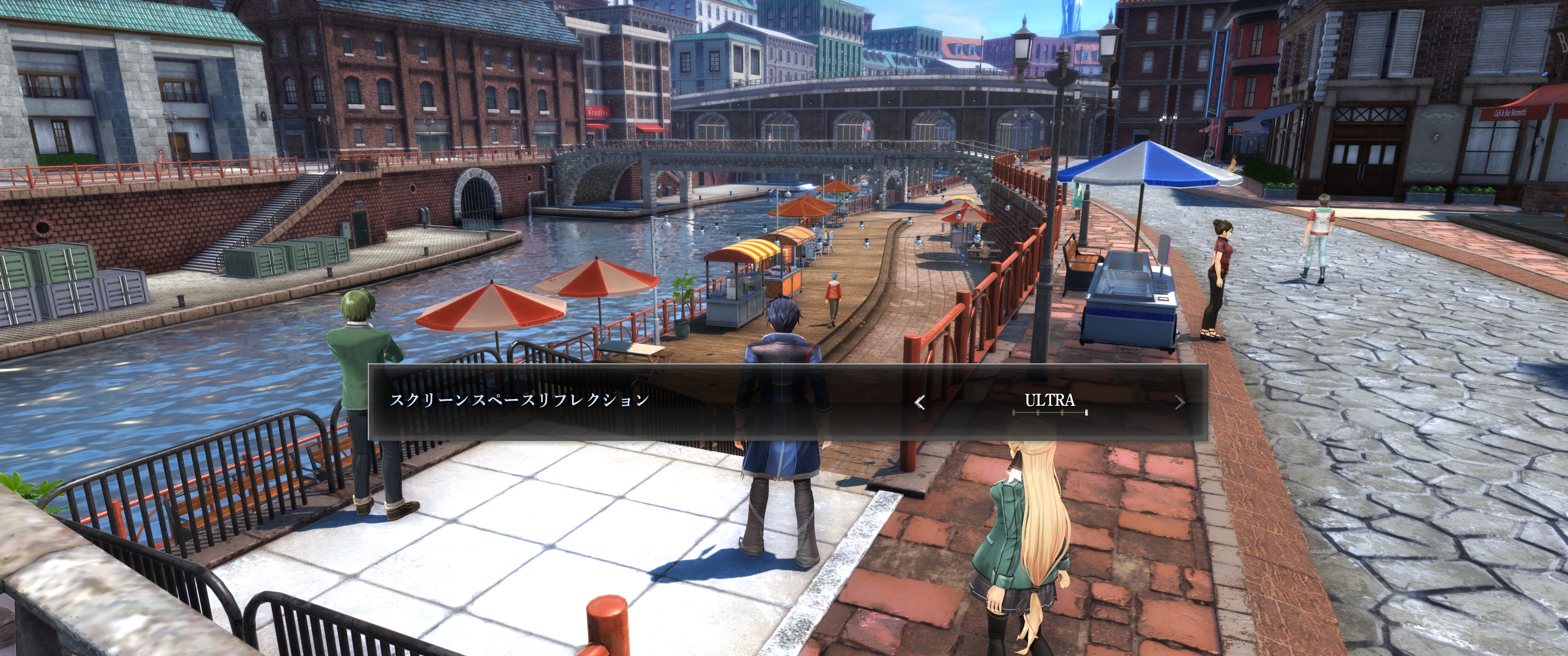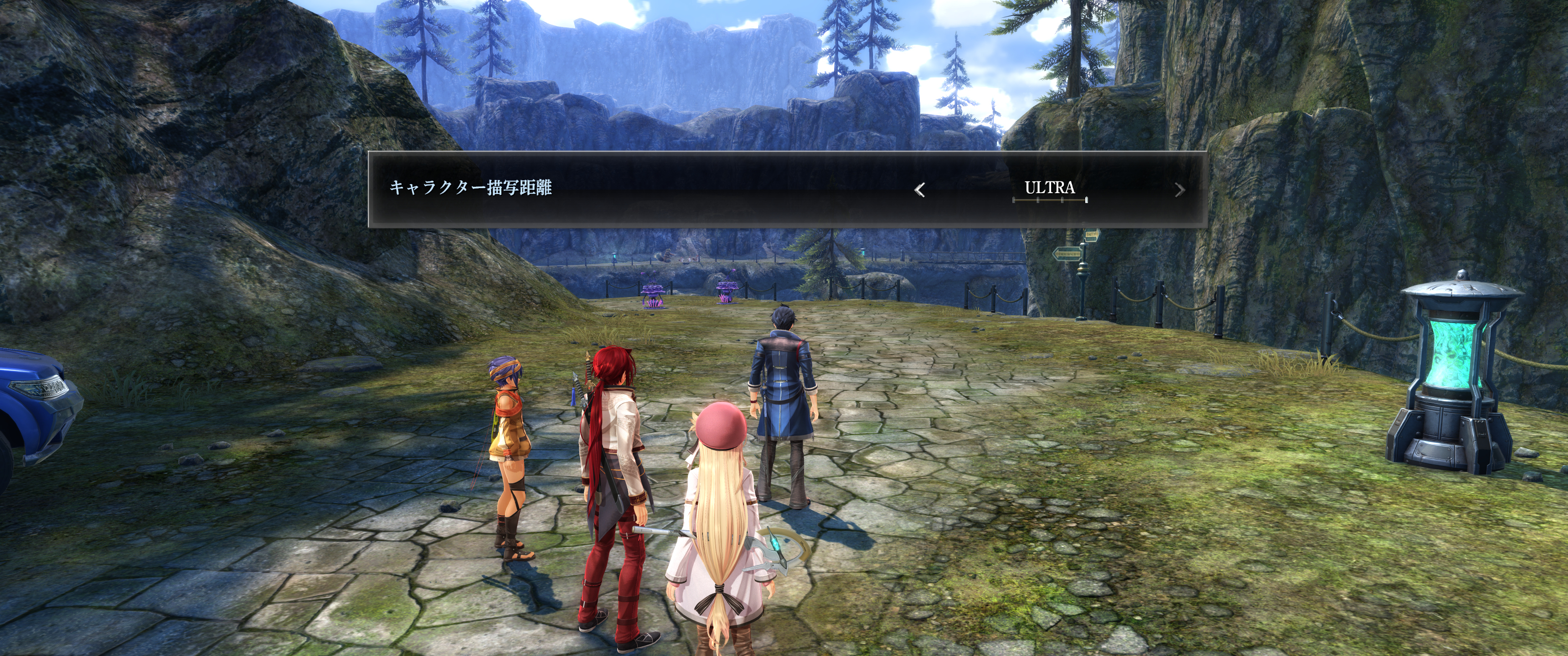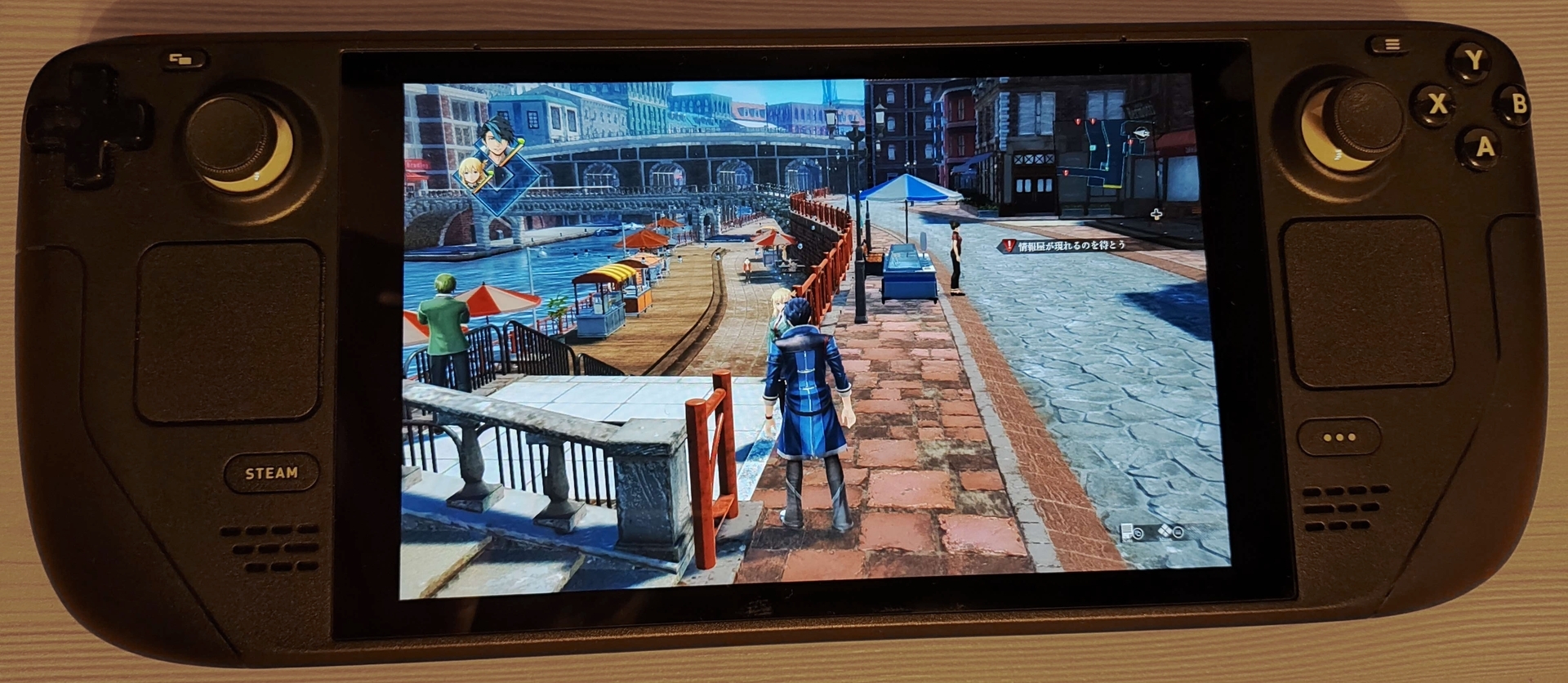
Mar 1, 2023
Uncharted Waters Online - GMGreen

🍀Ahoy Captains,
🎩Join us for a pre-party celebration of St. Patrick’s Day!🍀
- Dig up riches in Gold Rush, to get rich in the mines!
- Receive a Special Hat Trunk from the Well-dressed Gentleman🎩
- GM Events are coming back for the whole month!!
{LINK REMOVED}
See you all on the high seas!
- Team Uncharted Waters



















